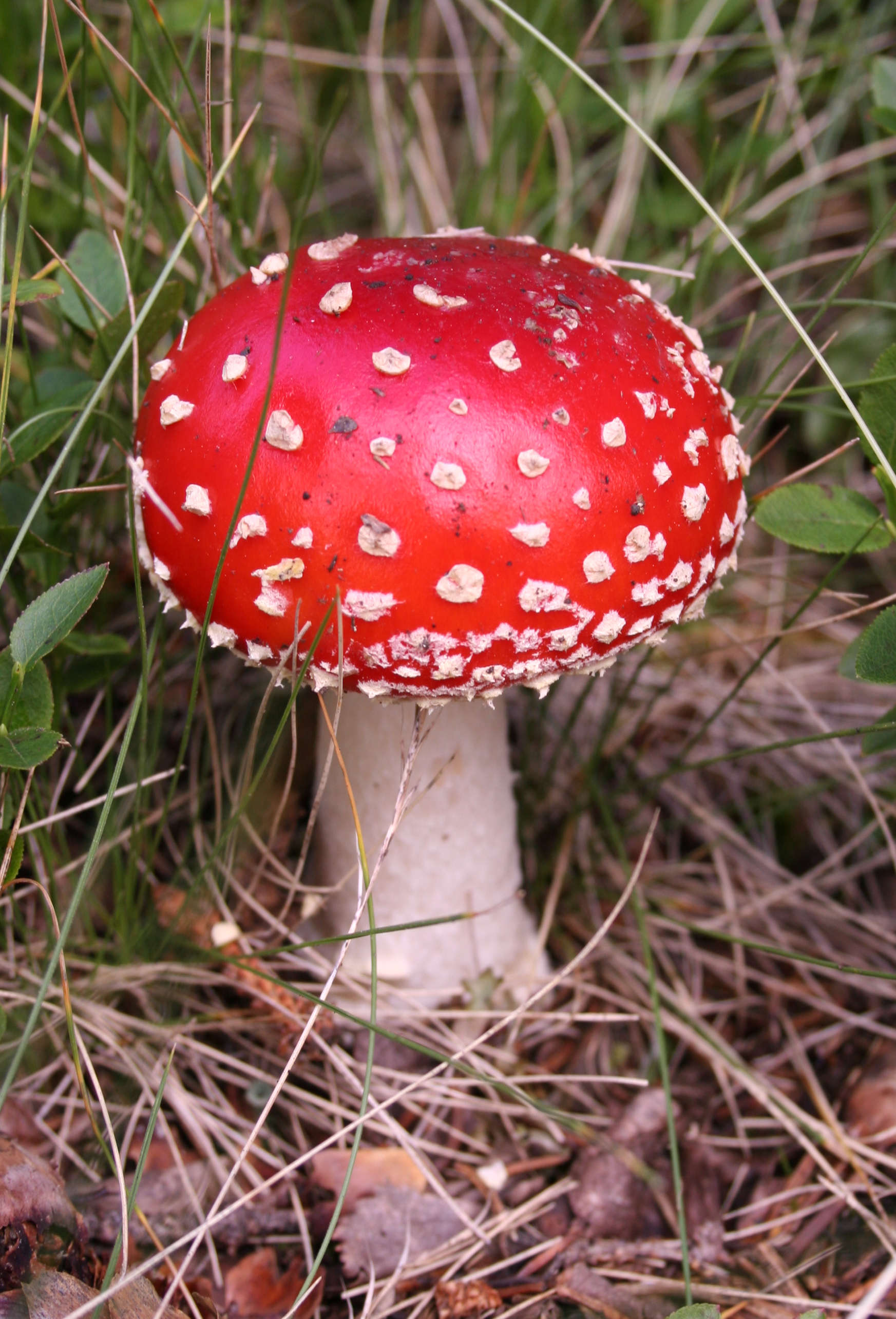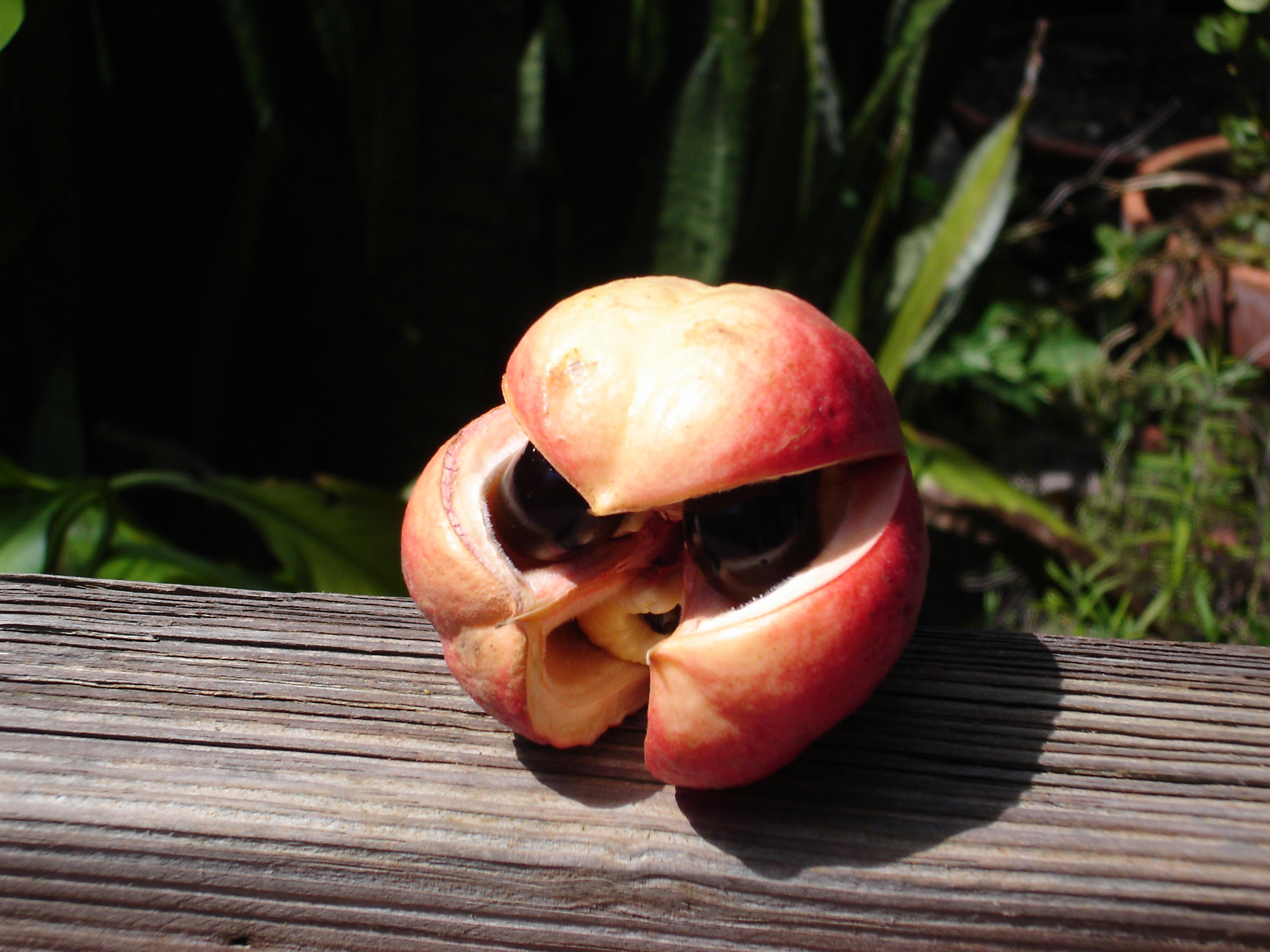Hepatotoxicity causes
|
Hepatotoxicity Microchapters |
|
Diagnosis |
|---|
|
Treatment |
|
Case Studies |
|
Hepatotoxicity causes On the Web |
|
American Roentgen Ray Society Images of Hepatotoxicity causes |
Editor-In-Chief: C. Michael Gibson, M.S., M.D. [1] Associate Editor(s)-in-Chief:
Please help WikiDoc by adding content here. It's easy! Click here to learn about editing.
Drug Side Effect
- Ado-trastuzumab emtansine
- Ceritinib
- clofarabine
- Docetaxel
- Eltrombopag
- Eribulin
- Fluoxymesterone
- Hydrochlorothiazide
- Idelalisib
- Interferon alfa-2b
- Lapatinib
- Lenvatinib
- Losartan
- Mercaptopurine
- Pegaspargase
- Potassium
- rifapentin
- Tipranavir
- Zileuton
Overview
More than 900 drugs have been implicated in causing liver injury[1] and it is the most common reason for a drug to be withdrawn from the market. Chemicals often cause subclinical injury to liver which manifests only as abnormal liver enzyme tests. Drug induced liver injury is responsible for 5% of all hospital admissions and 50% of all acute liver failures.[2][3]
Causes
Causes in Alphabetical Order
- List the causes of the disease in alphabetical order. You may need to list across the page, as seen here
Specific Drug or Toxin
- Acetaminophen: Acetaminophen (paracetamol, also known by the brand name Tylenol and Panadol) is usually well tolerated in prescribed dose but overdose is the most common cause of drug induced liver disease and acute liver failure worldwide,[4] which is one of the most painful experiences patients report. Reports of death from accute hepatotoxicity have been reported to be as low as 2.5 grams over a 24 hour period. Damage to the liver is not due to the drug itself but to a toxic metabolite (N-acetyl-p-benzoquinone imine NAPQI, or NABQI) which is produced by cytochrome P450 enzymes in the liver.[5] In normal circumstances this metabolite is detoxified by conjugating with glutathione in phase 2 reaction. In overdose large amount of NAPQI is generated which overwhelm the detoxification process and lead to damage to liver cells. Nitric oxide also plays role in inducing toxicity.[6] The risk of liver injury is influenced by several factors including the dose ingested, concurrent alcohol or other drug intake, interval between ingestion and antidote etc. The dose toxic to liver is quite variable and is lower in chronic alcoholics. Measurement of blood level is important in assessing prognosis, higher level predicting worse prognosis. Administration of Acetylcysteine, a precursor of glutathione, can limit the severity of the liver damage by capturing the toxic NAPQI. Those who develop acute liver failure can still recover spontaneously, but may require transplantation if poor prognostic signs such as encephalopathy or coagulopathy is present (see King's College Criteria).

Acetaminophen (3D structure) overdose is the most common cause of drug induced liver disease
- Nonsteroidal anti-inflammatory drugs: Although individual analgesics rarely induce liver damage, due to their widespread use NSAIDs have emerged as a major group of drugs exhibiting hepatotoxicity. Both dose dependent and idiosyncratic reactions have been documented.[7] Aspirin and phenylbutazone are associated with intrinsic hepatotoxicity; idiosyncratic reaction has been associated with ibuprofen, sulindac, phenylbutazone, piroxicam, diclofenac and indomethacin.
- Glucocorticoids: Glucocorticoids are so named due to their effect on carbohydrate mechanism. they promote glycogen storage in liver. Enlarged liver is a rare side effect of long term steroid use in children.[8] The classical effect of prolonged use both in adult and paediatric population is steatosis.[9]
- Isoniazid: Isoniazide (INH) is one of the most commonly used drug for tuberculosis; it is associated with mild elevation of liver enzymes in up to 20% of patients and severe hepatotoxicity in 1-2% of patients.[10]
- Natural products like: Amanita mushroom, particularly the destroying angels, aflatoxins
- Industrial toxins like: Arsenic, carbon tetra chloride, vinyl chloride
- Herbal and alternative remedies like: Ackee fruit, bajiaolian, camphor, copaltra, cycasin, kava, pyrrolizidine alkaloids, horse chestnut leaf, valerian, comfrey (often used in herbal tea)[11]
- Chinese herbal remedies like: Jin Bu Huan, Ma-Huang, Sho-Wu-Pian
-
Fly agaric (Amanita muscaria) is one of the natural products toxic to the liver
-
Horse chestnut leaf
-
Ackee fruit
-
Saint John's wort Induces Cytochrome P-450 enzyme
References
- ↑ Friedman, Scott E.; Grendell, James H.; McQuaid, Kenneth R. (2003). Current diagnosis & treatment in gastroenterology. New York: Lang Medical Books/McGraw-Hill. pp. p664–679. ISBN 0-8385-1551-7.
- ↑ McNally, Peter F. GI/Liver Secrets: with STUDENT CONSULT Access. Saint Louis: C.V. Mosby. ISBN 1-56053-618-7.
- ↑ Ostapowicz G, Fontana RJ, Schiødt FV; et al. (2002). "Results of a prospective study of acute liver failure at 17 tertiary care centers in the United States". Ann. Intern. Med. 137 (12): 947–54. PMID 12484709.
- ↑ Keeffe, Emmet B; Friedman, Lawrence M. (2004). Handbook of liver diseases. Edinburgh: Churchill Livingstone. pp. 104–123. ISBN 0-443-06633-7.
|access-date=requires|url=(help) - ↑ Wallace JL (2004). "Acetaminophen hepatotoxicity: NO to the rescue". Br. J. Pharmacol. 143 (1): 1–2. doi:10.1038/sj.bjp.0705781. PMID 15345657.
- ↑ James LP, Mayeux PR, Hinson JA (2003). "Acetaminophen-induced hepatotoxicity". Drug Metab. Dispos. 31 (12): 1499–506. doi:10.1124/dmd.31.12.1499. PMID 14625346.
- ↑ Manov I, Motanis H, Frumin I, Iancu TC (2006). "Hepatotoxicity of anti-inflammatory and analgesic drugs: ultrastructural aspects". Acta Pharmacol. Sin. 27 (3): 259–72. doi:10.1111/j.1745-7254.2006.00278.x. PMID 16490160.
- ↑ Iancu TC, Shiloh H, Dembo L (1986). "Hepatomegaly following short-term high-dose steroid therapy". J. Pediatr. Gastroenterol. Nutr. 5 (1): 41–6. PMID 3944744.
- ↑
Alpers DH, Sabesin SM (1982). Diseases of the liver. Philadelphia: JB Lippincott. pp. 813–45. Unknown parameter
|coauthors=ignored (help) - ↑ Sarich TC, Adams SP, Petricca G, Wright JM (1999). "Inhibition of isoniazid-induced hepatotoxicity in rabbits by pretreatment with an amidase inhibitor". J. Pharmacol. Exp. Ther. 289 (2): 695–702. PMID 10215642.
- ↑ Pak E, Esrason KT, Wu VH (2004). "Hepatotoxicity of herbal remedies: an emerging dilemma". Progress in transplantation (Aliso Viejo, Calif.). 14 (2): 91–6. PMID 15264453.



